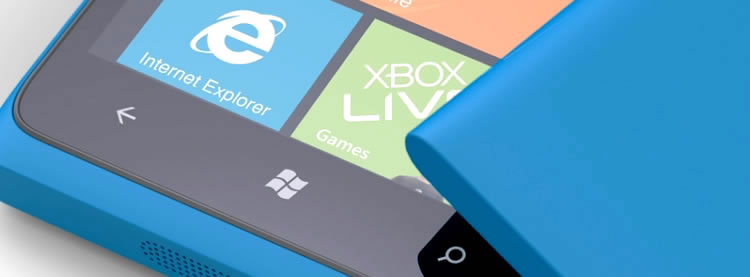
Like the Lumia 800 that preceded it, the Lumia 900 features stunning industrial design, great build quality, and a fantastic ClearBlack AMOLED display. Add in great network performance, solid battery life, and a fast and fluid user interface thanks to Windows Phone 7.5, and you start to see that Nokia really might have a winner on their hands.
Unfortunately, it's not all peaches and roses with the Lumia 900, as its seemingly capable camera does not live up to expectations in real world performance. Additionally, the Windows Phone Marketplace still doesn't offer nearly as many apps as its iOS and Android counterparts, though it has grown tremendously in recent months.

Despite its few shortcomings, I found the Lumia 900 to be an excellent smartphone, and I had a hard time putting it down during my review period. Read on to see if the Lumia 900 is the hero device that Windows Phone has needed from the outset to be a successful smartphone platform and whether it will represent Nokia's return to form in the U.S. market.
The Nokia Lumia 900's design borrows heavily from the Lumia 800 and Nokia N9 that preceded it, as it features a single piece, polycarbonate body. The Lumia 900's color, whether that be on the matte cyan or black models, or the glossy white version, is part of the polycarbonate material used to make the phone, so it cannot be scratched off like painted finishes. The Lumia's design itself is stunning as it's removed any elements that could break up its smooth curves all around. In your hand, the curved sides mask its 11.4mm thickness, and though it tips the scales at 159g, it doesn't feel uncomfortably heavy.
The centerpiece of the Lumia 900 is its new 4.3-inch screen. It sports a ClearBlack AMOLED display that features tremendous viewing angles, inky deep blacks, and punchy colors. Nokia's ClearBlack polarization technology eliminates a lot of the glare we see on many smartphone displays, and it allows the Lumia 900 to be perfectly usable outdoors in direct sunlight. Unlike the AMOLED screens on other popular smartphones, the Lumia's does not unnaturally over-saturate colors, so images and video are more accurately portrayed.
The WVGA, 480 x 800 pixel screen could certainly benefit from a denser resolution, especially when it is compared to the 720p and Retina Display screens offered by the competition. But, aside the from the relatively low resolution, there is little to complain about with the 900's display, though its large size could make one-handed use of the phone difficult for some.

The right-hand side of the phone is home to the only physical buttons on the Lumia 900. It has shiny metal buttons for volume, power/sleep/unlock, and camera shutter that feel very solid. On top is the micro-USB charging port, a 3.5mm headphone jack, and a SIM card tray, while the bottom houses the external speaker.
On the front of the phone, below the display, are capacitive buttons for the standard Windows Phone back, Start, and search functions. Above the screen is the new 1 megapixel, wide-angle front-facing camera.
The back of the 900 features a smooth finish, with the housing for the 8 megapixel camera and its LED flash the only things present to break up the phone's continuous lines. Since there are no seams or doors (aside from the micro-SIM card access tray), that means there is no way to access the 1830mAh battery or increase the phone's 16GB internal storage with a microSD card.
